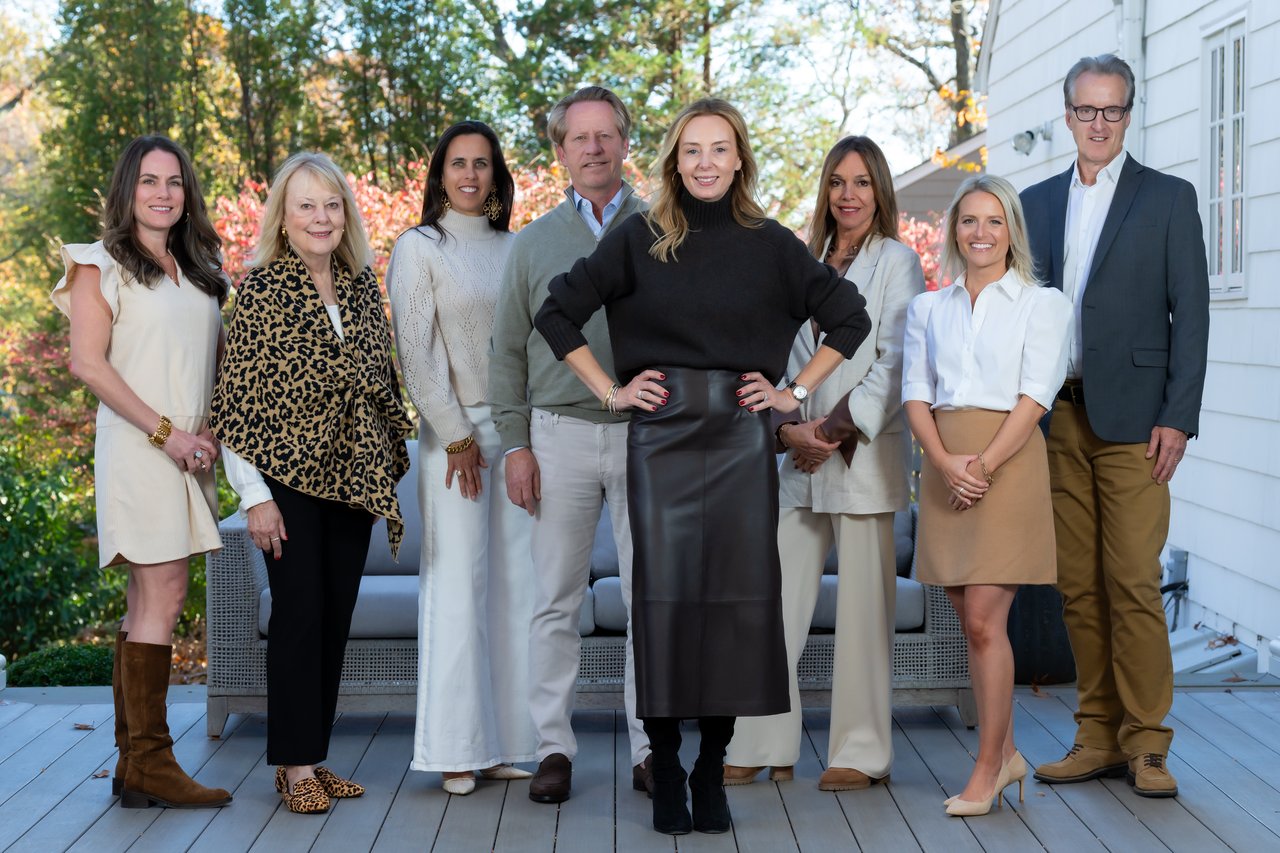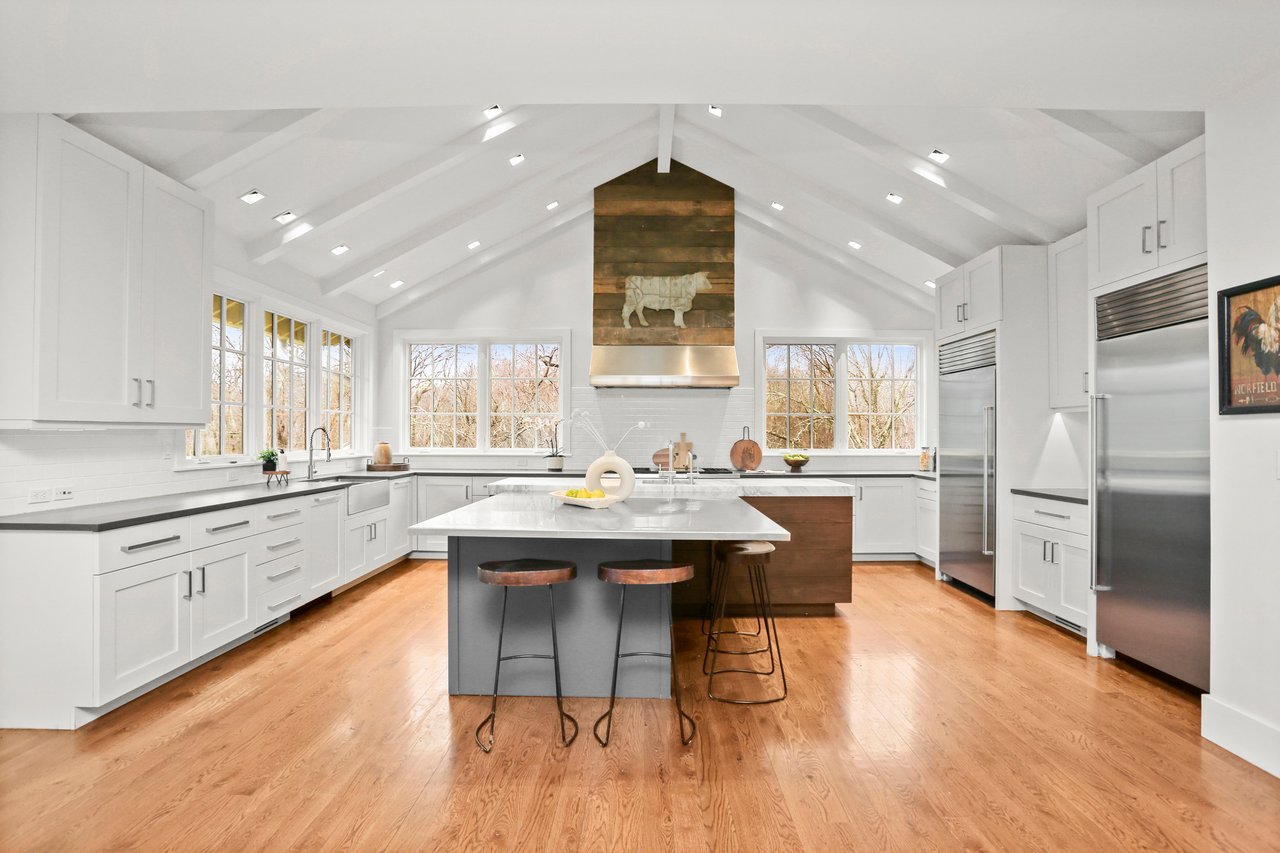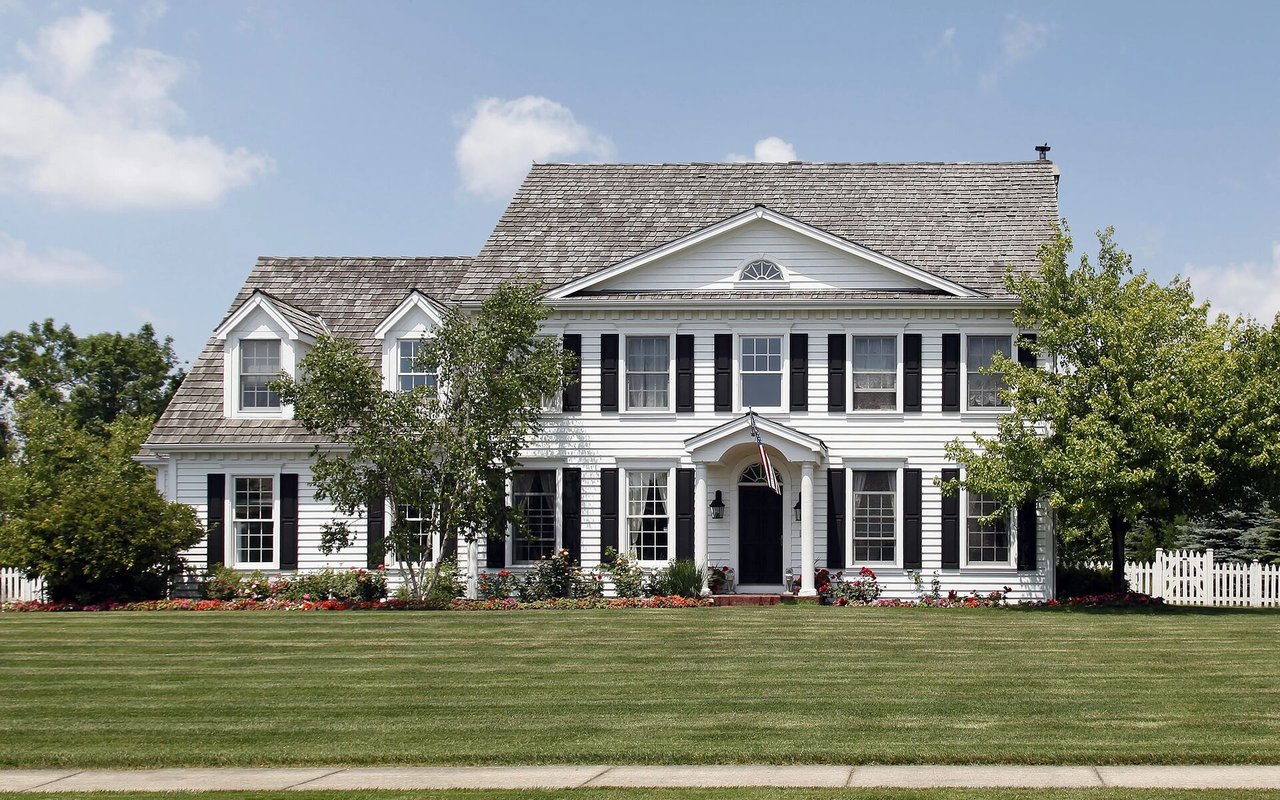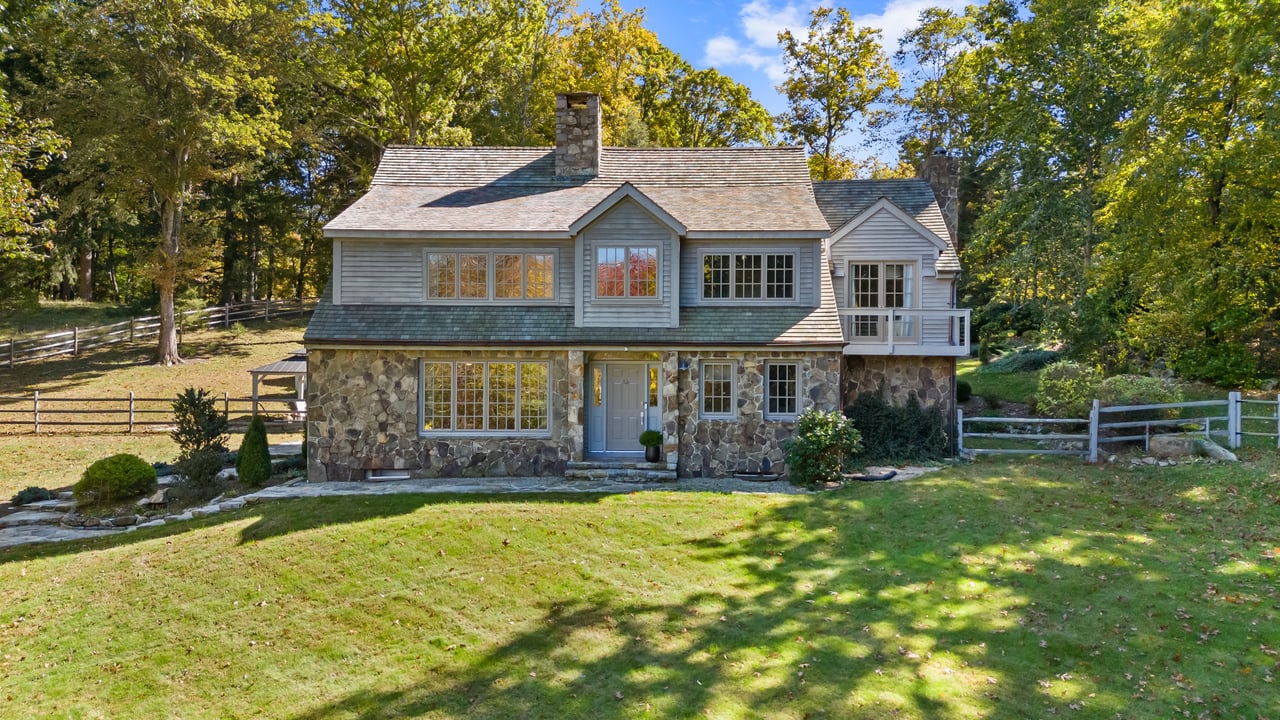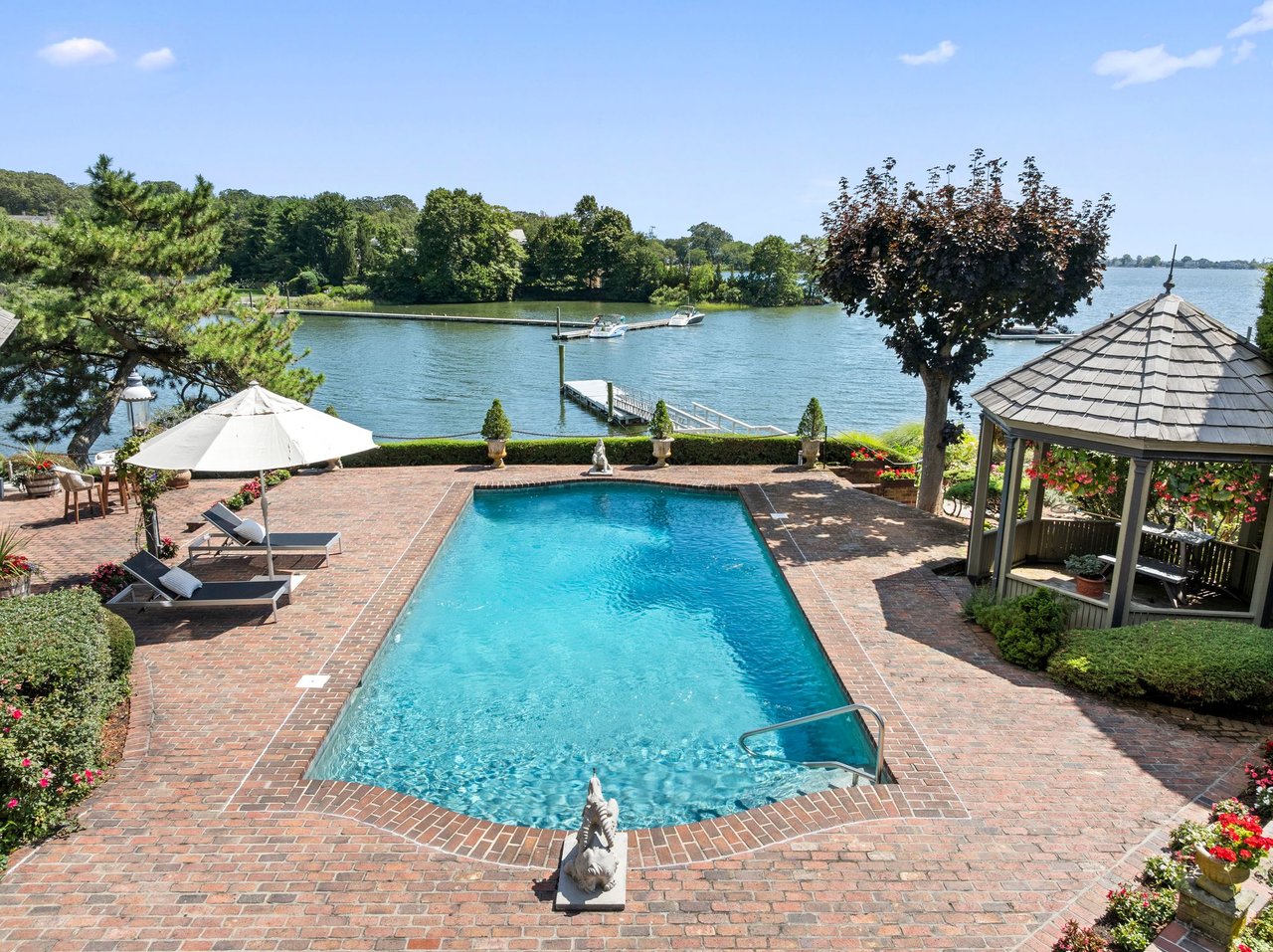The word wetlands can raise eyebrows during a real estate transaction, and understandably so. There’s often confusion around what they are, what they mean for property value, and whether they should be considered a red flag.
So let’s break it down.
First, what are wetlands?
Wetlands are areas of land where water sits near or at the surface for at least part of the year. That could be a marsh, a swamp, or simply a low-lying wooded area with seasonal water accumulation. In Fairfield County, wetlands are typically wooded or grassy areas that help manage stormwater and support local ecosystems. They’re not necessarily soggy land, or a future mosquito breeding ground.
What defines a wetland isn’t just visual. It’s determined by soil type, plant species, and hydrology, and can only be officially flagged by a licensed soil scientist.
Are wetlands a dealbreaker?
Not at all. In fact, many of the most desirable homes in our area have designated wetlands on the property, sometimes just at the edges of the lot. What matters is where they are, how much of the lot they cover, and what limitations they create for the buyer’s future plans.
The main concern? Wetlands are protected by local and state regulations. That means if a buyer wants to add a pool, build a garage, expand the footprint of the home, or even remove certain trees or vegetation, they may need approval from the Conservation Commission. And in some cases, those approvals can be difficult or impossible to get.
When wetlands are not a problem
Here’s when a property with wetlands might be perfectly fine, or even a hidden asset:
- The wetlands are confined to the far edge of a large lot, with no impact on the existing home or usable yard.
- The current home already includes key features the buyer wants (like a pool or patio), making future expansion irrelevant.
- The lot still provides plenty of usable outdoor space outside the wetland boundaries.
- The setting is uniquely beautiful. Wetlands often mean more privacy, natural buffers, and a rich ecosystem that attracts wildlife (and serenity).
When to take a closer look
Wetlands can become a sticking point if:
- The buyer wants to expand the home or add outdoor features that encroach on the wetlands.
- There’s very limited usable yard space outside of the designated wetlands area.
- There’s visible water accumulation near the foundation or in critical areas during the inspection.
- The exact boundaries of the wetlands haven’t been clearly defined.
What we recommend
If a home you love has wetlands on the property, don’t panic. Ask questions.
- Have the boundaries been officially flagged by a soil scientist?
- Are there prior approvals or denials on file with the town?
- How might the wetlands affect future plans or property use?
- Is there a need for a formal wetlands delineation or town consultation before moving forward?
At Cindy Raney & Team, we’ve helped clients navigate these scenarios many times. We know the right questions to ask, the right experts to bring in, and the right way to approach town boards if needed. Our role is to keep your goals front and center and make sure there are no surprises down the road.
Bottom line?
Wetlands aren’t inherently good or bad. But they do deserve careful attention. With the right strategy and due diligence, they don’t have to derail a great opportunity.
If you’re considering a home with wetlands or planning to sell one, we’d be happy to provide our perspective.

